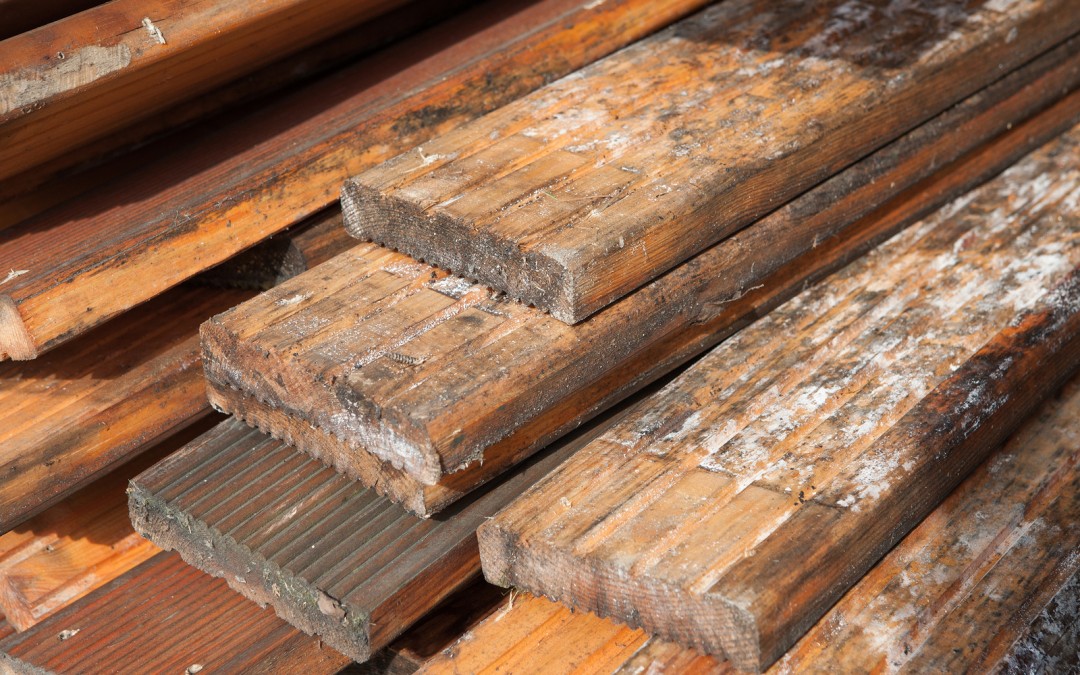When renovating an older house it’s first worthwhile taking stock of the condition of your flooring before employing floor sanding specialists, especially for any signs of distress hidden or disguised by the previous owners. These tips, from Real Homes, look specifically at how to tackle damp.
In kitchens and bathrooms, damp in wooden suspended flooring can develop without you noticing, whether from leaks in pipes or fittings, or simply from condensation in rooms without appropriate extraction. To protect the floor from further damage, find the points of contact with moisture and put some separation between them while you have this fixed.
Damp walls can be a problem for flooring, as joist ends set into damp walls will come in contact with moisture. Look at steel joist extenders for a way to reconnect the space where required, and in damp walls with damage pointing or cement mortar, repoint with lime as this will allow moisture to escape.
Ventilation is important under floors, and ensuring this has not been blocked up will help to prevent damp. If concerned about cold breezes, seal in between floorboards with slices of wood, or draft proofing systems.
If there is debris under a suspended floor, remove this, as this may be acting as a bridge for moisture to touch and weaken floorboards.
If original floorboards have to be replaced, it’s not the end of the world. Look out for those who specialise in making matching floorboards to your style from seasoned wood.

